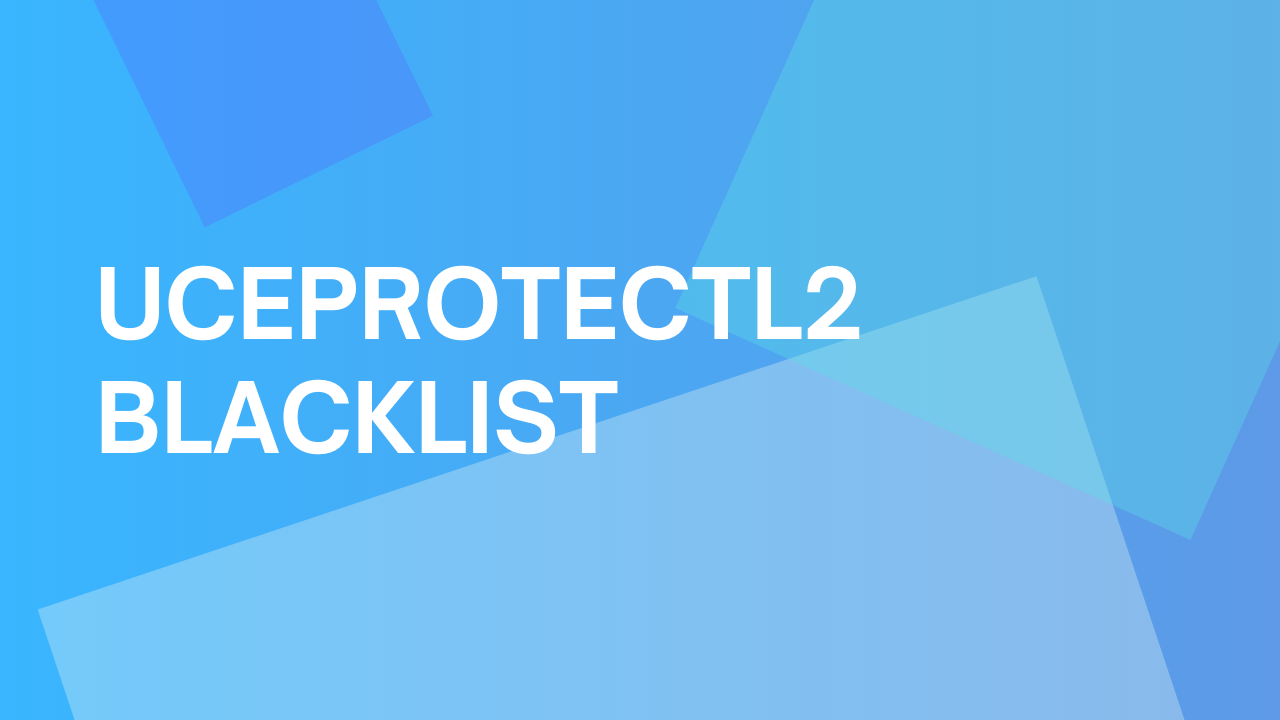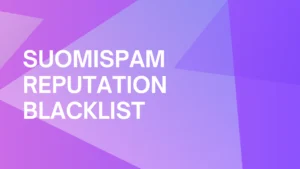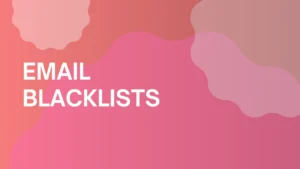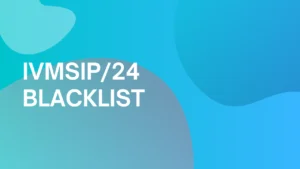
UCEPROTECTL2 Blacklist: What Is It and How To Remove Yourself From It
The UCEPROTECTL2 Blacklist targets IP ranges with a focus on identifying networks involved in abusive or suspicious email practices. Being listed on this blacklist can disrupt your ability to reach recipients, so it’s important to understand how the system works and the actions you need to take to resolve the issue. In this article, you’ll discover:
- Key strategies to maintain a clean email reputation and avoid future blacklisting
- What triggers an IP range to be flagged by the UCEPROTECTL2 Blacklist
- How to check if your IP range is listed and methods for delisting
What Is the UCEPROTECTL2 Blacklist?
The UCEPROTECTL2 Blacklist contains IP Addresses that have poor reputation range. The Blacklist has spam traps in place that look for a variety of spam across the internet.
The Blacklist reports subnets, shared hosts, and sources of spam. Subnet-based Blacklists reject entire ranges of IP Addresses. Shared Hosts list single IP Addresses that host multiple domains.
The UCEPROTECTL2 Blacklist also lists sources of spam which is a list of single IP Addresses or entire ranges that receive spam.
Unfortunately, you may end up on the UCEPROTECTL2 Blacklist by simply opening an email that was filled with malware. Cyber attackers can target email users and gain access to sensitive information by sending emails.
How Can I Remove Myself From UCEPROTECTL2 Blacklist?
A user is not able to request to be removed from the UCEPROTECTL2 Blacklist. The UCEPROTECTL2 Organization will automatically remove the IP Addresses from the list after a certain amount of time has passed.
Keep in mind, there cannot be anymore spam activity to be removed. There is no way to expedite the process of being removed from the UCEPROTECTL2 Blacklist. The UCEPROTECTL2 Blacklist Organization has the goal of stopping all spam distribution across the internet.
How Do I Reduce My Risk of Getting onto the UCEPROTECTL2 Blacklist?
The best way to avoid getting listed on a blacklist is to engage in proper email practices such as…
- Verify all email addresses before attempting outreach
- Avoid sending unnecessary emails
- Avoid the use of spam words within your email drafts
- Keep your sending volume to a minimum (30-50 a day if you’ve been using an Email Warmup Service for at least 30 days)
Related Terms:
- Blacklist: An online database that aggregates email addresses and domains that have been reported on multiple occasions to be sending out spam or malicious content to others on a large scale. These blacklists are used as a reference by mail servers in order to determine how safe it is to accept messages coming from unknown domains and addresses.
- IP Address: Internet Protocol is a unique address that identifies a device on the internet or a local network. IP is the set of rules governing the format of data sent via the internet or local network.
- UCEPROTECTL3 Blacklist: A specific type of blacklist that targets IP addresses and subnets from Internet Service Providers known for facilitating spam. This list includes individual IP addresses or entire IP ranges if they are associated with sending unsolicited bulk email (UBE). The goal is to encourage ISPs and network administrators to educate their users about preventing email abuse.



